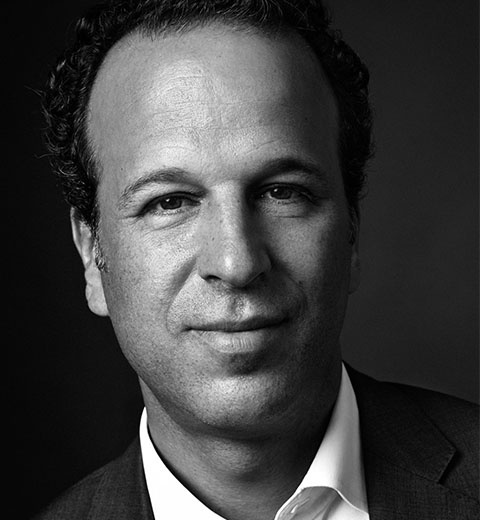Interview with Mark Lubell, Executive Director of the International Center of Photography, New York City
This year the Leica Oskar Barnack Award will be presented for the fortieth time. The selection process was fundamentally changed in the anniversary year, as the previous application procedure was replaced by proposals from 65 internationally renowned photography experts. Each member of the nomination committee selected up to three photographers for the main category and one newcomer, on the basis of their personal assessment and evaluation of the photographic works. This year’s jury will soon discuss this preselection and make its decision on the LOBA Winners 2020. Over the past months we have already presented some of the nominators. Here is an interview with Mark Lubell, Executive Director of the ICP.
How important is LOBA in your opinion compared to other photographic awards?
Leica signifies excellence in the field and LOBA represents the fact that a photographer’s work has been recognized at the highest level. To be honored with LOBA can be a game changer for a photographer’s career. This is a moment in a photographer’s journey when their work is recognized on such a lauded platform. It can be humbling and galvanizing in the same moment.
In your opinion, what international reputation has LOBA had in the past and what should its future look like?
I think the international reputation of LOBA is associated with the highest level of photography. I believe that LOBA has the opportunity to be more broadly known in the future, particularly in the United States.
“Leica signifies excellence in the field and LOBA represents the fact that a photographer’s work has been recognized at the highest level.”
Can you give us an insight into how you have proceeded in selecting your proposals for LOBA?
I was looking for strong content and a unique vision. I’m always drawn to strong visual authorship and believe this award recognizes important work by image-makers with an exceptional vision.
What efforts should be made to ensure that the field of application is as diverse as possible?
Both the nominators and jurors need to be as diverse as possible, so that they are fielding the most important voices of our generation today.
What advantages do you see in a pre-selection by international experts?
It is very helpful that the people that make their living in the field of photography are quite aware of important and great work. Photography is a universal language; however it is important that nominators and jurors represent an international audience who are most connected to diverse talents.
“I believe now more than ever in the power of the image.”
How do you see the relationship between applied photojournalism and free work for the competition?
In the past, many great projects were initiated through assignments, and then photographers continued to pursue those stories years after the original assignment. Today, photographers are finding new ways to create work; and in many cases it is not the traditional model of assignments that gets them started on a project. To me, what is most important is how that work is distributed and how we get to see the work today, when there are so many new models for distribution. Work has to be seen to make an impact.
What would you advise young photographers to do in order to become visible for support?
There is not one path toward success in this field. Photographers can choose from a variety of platforms to share their important stories, and therefore there are countless ways to fund projects and receive support. One consistency from the era of Robert Capa until today, is that photographers must have a passion and a drive…that doesn’t change with time.
How do you assess the situation of the current photographic market?
I believe that the photographic market has been in constant change from the beginning. Practitioners must adapt to the changes in market conditions, which is not always looking at where things are now, but rather where things will be shortly. There are many new opportunities for work to be seen, but the struggle to find funding to produce that work is a challenge.
What wishes and hopes do you have for the photography of the future?
There will always be a demand for great visual authorship. Strong work will make its way to a larger audience, and still have the power to educate and change our understanding of the world. I believe now more than ever in the power of the image.
Thank you very much for your time.

Mark Lubell
Mark Lubell joined the International Center of Photography as Executive Director in November 2013. He was previously Director of Magnum Photos (2004–2011). In 2007, American Photo named Lubell “Innovator of the Year” for his pioneering approach to multimedia and online communities. Beginning in 2008, he led Access to Life, a project in which eight Magnum photographers documented the work of The Global Fund to Fight AIDS, Tuberculosis and Malaria. Prior to his work at Magnum, Lubell was Chief Operating Officer of Here is New York: A Democracy of Photographs, which was formed in the aftermath of the events of September 11, 2001. He was also a founding principal of software company Visual Edge Systems, Inc.
Portrait: © Henry Leutwyler